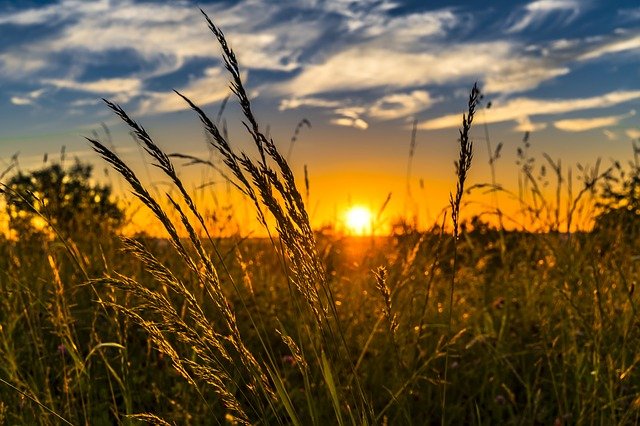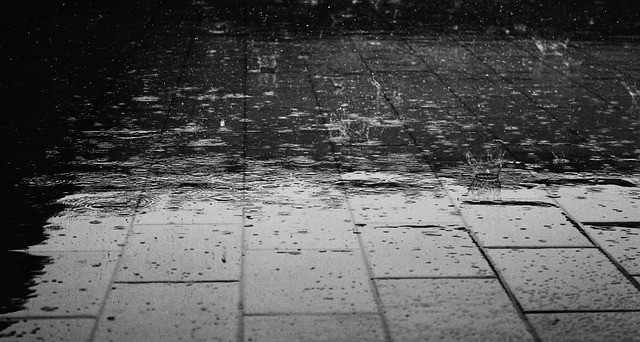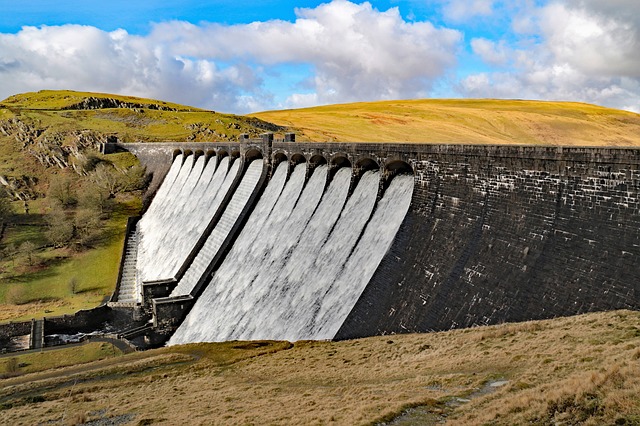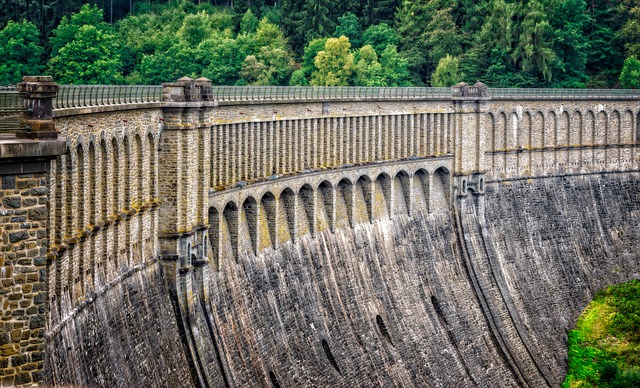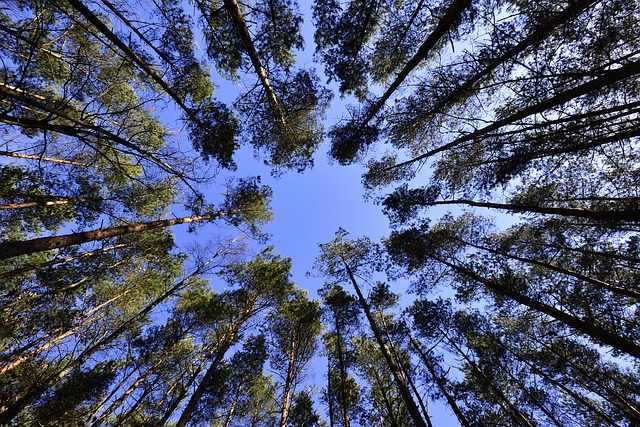Introduction The underdeveloped nations are facing the consequences of climate changes due to two reasons, which are resource scarcity and unsustainable adaptive capacity. Pakistan is also a developing nation and so it is experiencing impacts of climate change at every level. Extreme weather events are occurring in Pakistan frequently now. Pakistan is an agricultural country […]
10 Critically Endangered Animals That Can Go Extinct By 2050
Extinction refers to species dying out completely with no individuals of them remaining on the Earth. Extinct species simply refer to species that no longer exist on our Earth anymore. When we think of the word extinct, the first thing that comes to our mind is Dinosaurs or Tasmanian Tigers or Wooly Mammoths,l etc, but […]
Endangered and Critically Endangered Bird Species of Pakistan
Birds are an extremely important part of any healthy ecosystem and Pakistan is lucky to have a huge diversity of native as well as migratory birds. Pakistan is a country rich in flora and fauna, as well as natural topography and weather which is suitable for native and migratory birds alike. No season of Pakistan […]
15 Environmental Problems Our World is Facing Right now
Introduction Environmental Issues: Environmental issue or problem is defined as adverse impacts of anthropogenic activities on the physical and biological aspects of the environment. Natural Environment: Natural environment is our surroundings that consist of naturally occurring all living and nonliving things. Impacts of Anthropogenic Activities on the Ecosystem: Human activities are negatively affecting the environment […]
Rainwater Harvesting Project Lahore – Why We Need More?
Introduction What is Rainwater? The water that is received from precipitation. What is meant by Rainwater Harvesting? This term is defined as the collection and storage of rainwater. What are Rainwater Harvesting Systems? This is a method described as the process of collecting and storing rainwater in order to avoid a stormwater runoff. The changing […]
Why Construction of Dams is Crucial for Pakistan
Introduction Pakistan is a developing country where sooner or later water scarcity issues will prevail throughout the country if more dams are not constructed. International Commission on Large Dams has reported that Pakistan has 150 water reservoirs. These water reservoirs are 15m in height. The largest dam in Pakistan is Tarbela Dam. It is an […]
Early Summer in Pakistan in 2021?
Introduction Climate: It is defined as weather conditions in a certain place over a long period of time. Weather: It is defined as atmospheric conditions at a certain time and place. The examples are cloudy, windy, sunny, etc. Climatology: It is a field of science that includes the study of climate. It is defined as […]
Balochistan Could Suffer Aridity Due to Insufficient Dams
Introduction Pakistan has four provinces and Baluchistan is one of them. It is the least populated but largest province by area. Quetta is the provincial capital. Geographically Baluchistan is connected with the Arabian Sea. Baluchistan has Makran coast and mud volcanoes are active in the region. Baluchistan is experiencing extreme weather events like never before. […]
Climate Change and Pakistan Arising as A Global Leader
Introduction Pakistan is at 5th rank in most populated countries in the World. According to land area, it is at 33rd number covering 881,913 square kilometers. The climate of Pakistan is not the same throughout the country. It has four seasons and located in a temperate zone. The climatic conditions in Pakistan vary depending on […]
Endangered and Critically Endangered Animals of Pakistan
Continuing with our list of endangered animals found in Pakistan here is another post highlighting the endangered and critically endangered animals of Pakistan. Pakistan is home to a plethora of different plant and animal species, however many of those plants and animals are endangered or even critically endangered and at a risk of extinction from […]

